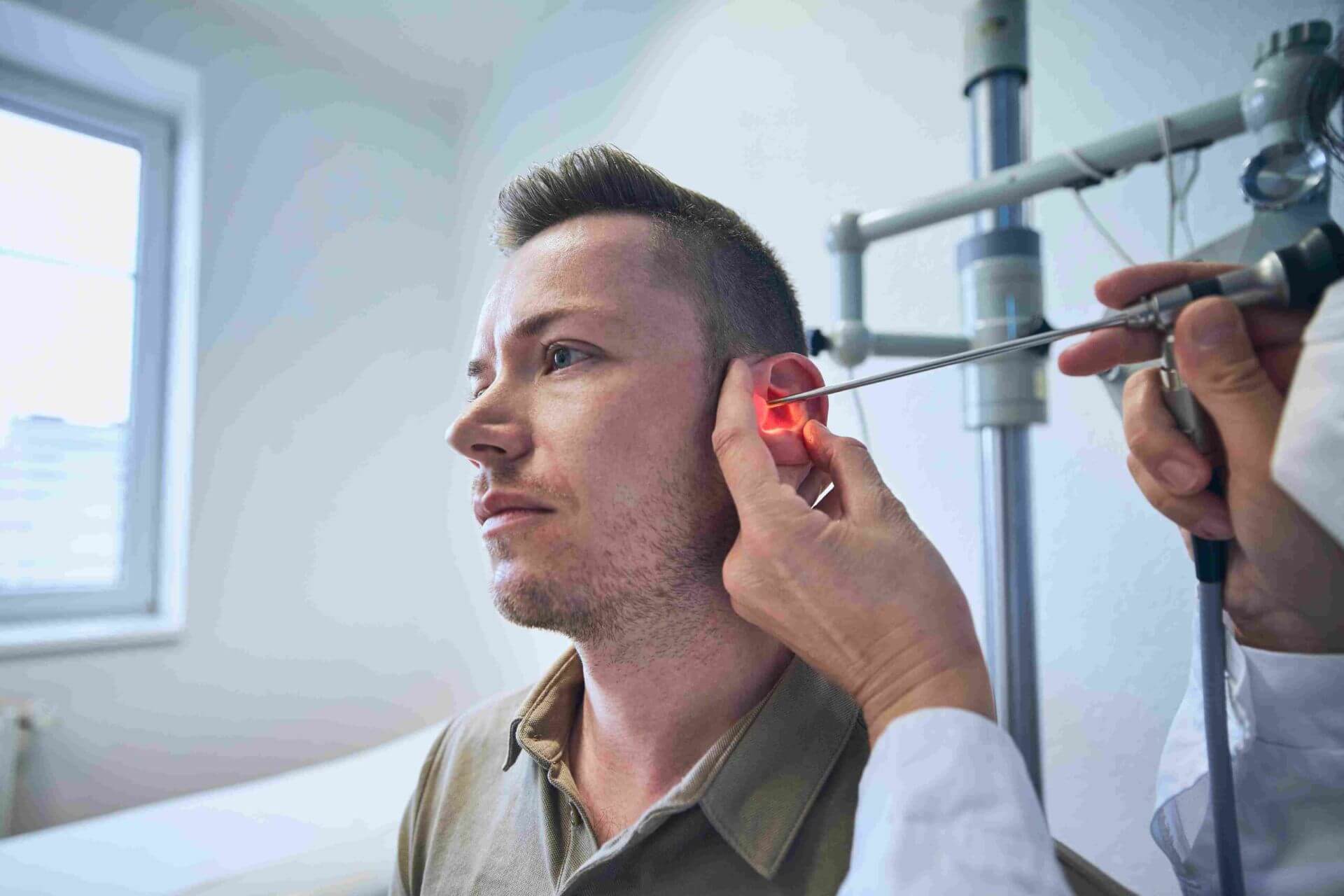Eustachian tube dilation involves widening the Eustachian tube, a part of the ear. It’s a relatively new procedure that has been in use since 2010. There are several reasons someone would consider getting it done. In this blog article, we’ll cover the purposes of the Eustachian tube, why dilation may be necessary or helpful, and how the procedure is performed.
What is the Eustachian tube, and why might dilation be necessary?
The Eustachian tube is a thin tube that connects the ear to the nose. The Eustachian tube’s functions include equalizing pressure between the outside and inside of the ear, draining fluids, and protecting the inside of the ear from pathogens. One reason to consider Eustachian tube dilation is if you get frequent ear infections. Blocked Eustachian tubes can cause fluid buildup, which often leads to infection.
This procedure is also an alternative to ear tubes. Some individuals have a dysfunction of the Eustachian tubes in which they don’t open properly and they’re not effective at equalizing pressure, and this procedure can help them as well.
Eustachian tube balloon dilation procedure
It is an in-office procedure that usually takes about 15-30 minutes. First, your doctor will apply numbing medication in spray or topical form. They will insert an endoscope through the nose along with the balloon apparatus. This apparatus remains deflated until it’s in the correct position (determined by the endoscope). The Eustachian tubes open into the back of the nose and are accessed from there. Once in position, the balloon is slowly inflated to help open up the Eustachian tube. The process is then repeated on the other side if needed.
Alternatively, it is occasionally done in a hospital setting under general anesthesia. Your doctor can help you determine which type is best for you.
After the procedure
Expected side effects may include congestion, and the procedure area may feel sore. Your doctor will prescribe a nasal spray or saline rinse to use. In most cases, patients can return to work the next day.
Eustachian tube dilation vs. ear tubes
For many people, the procedure is a viable alternative to ear tubes. In fact, it may be the better solution. Ask your doctor whether Eustachian tube dilation is an option for your particular case.
If you have chronic ear infections or Eustachian tube dysfunction and are in the Bakersfield, CA area, give our office a call. Dr. Fisher can help!




